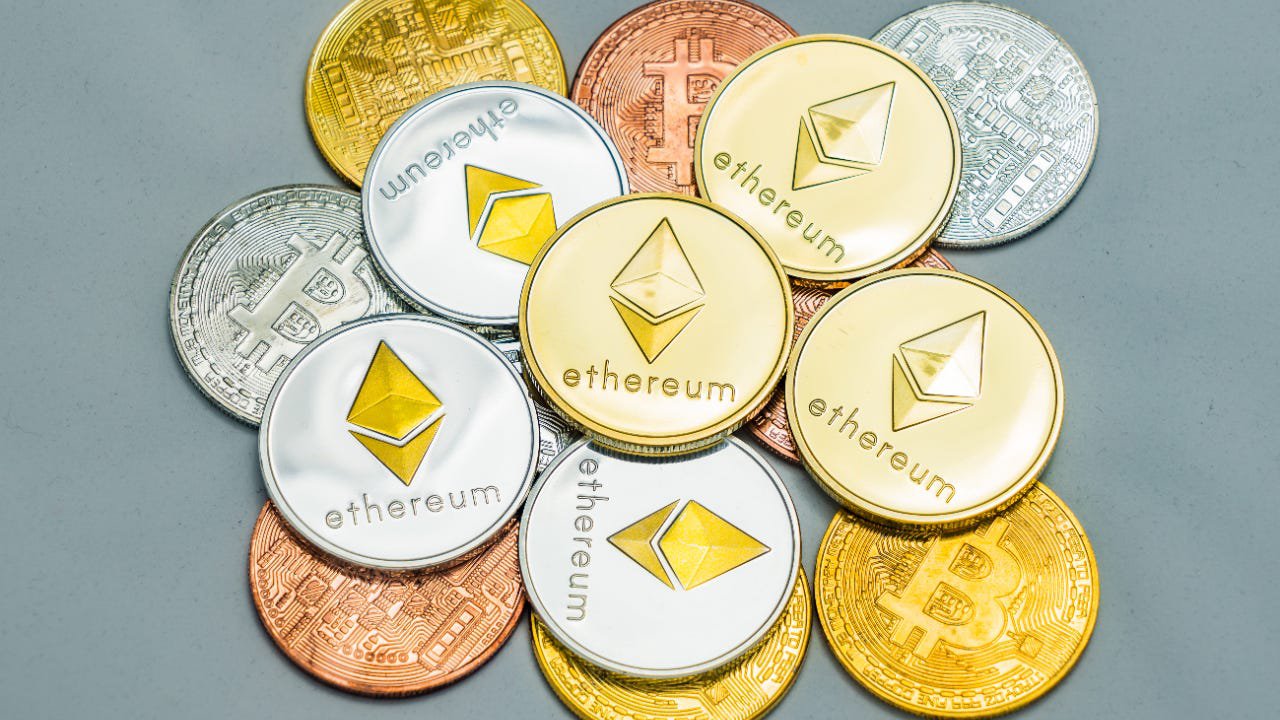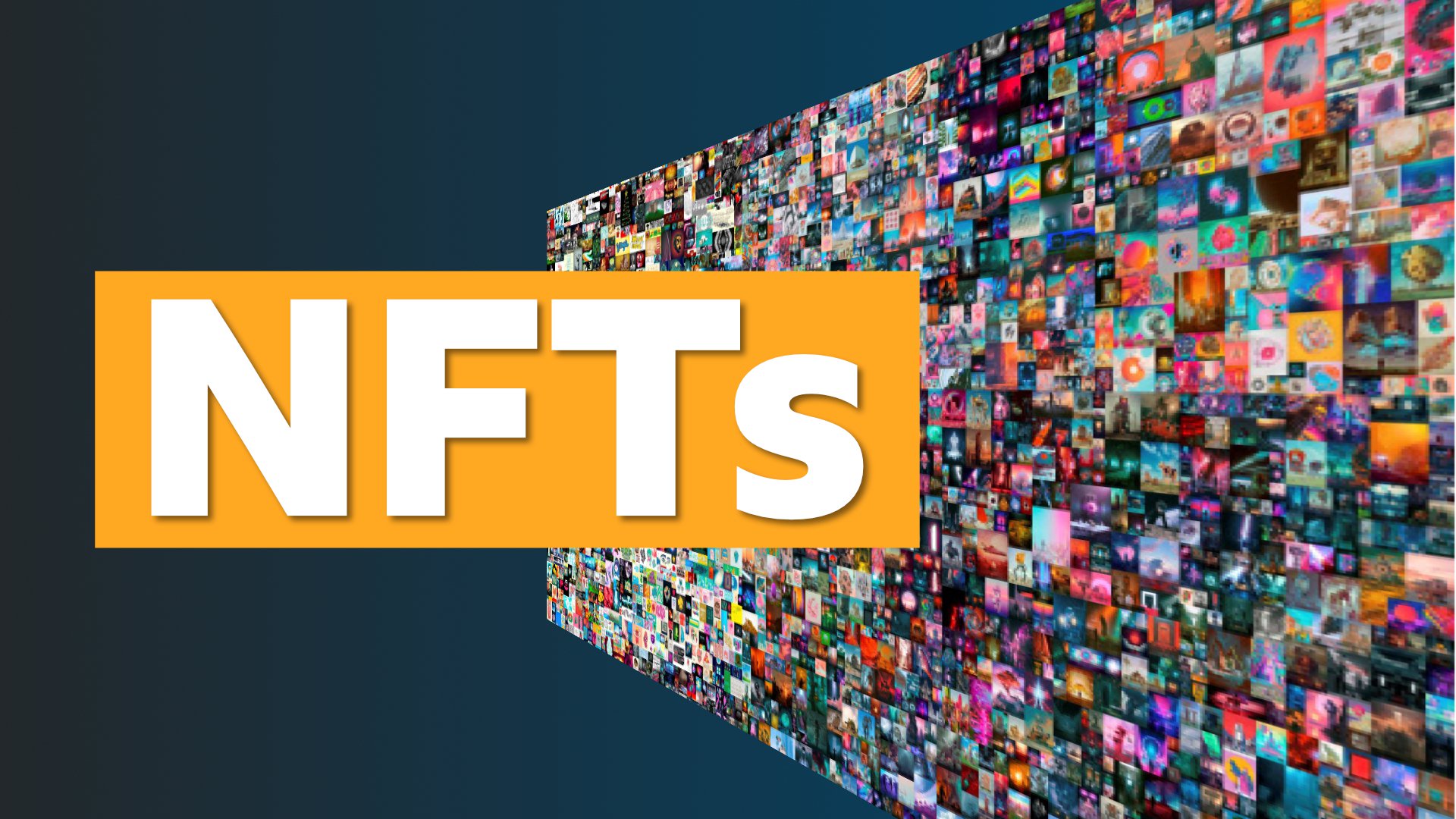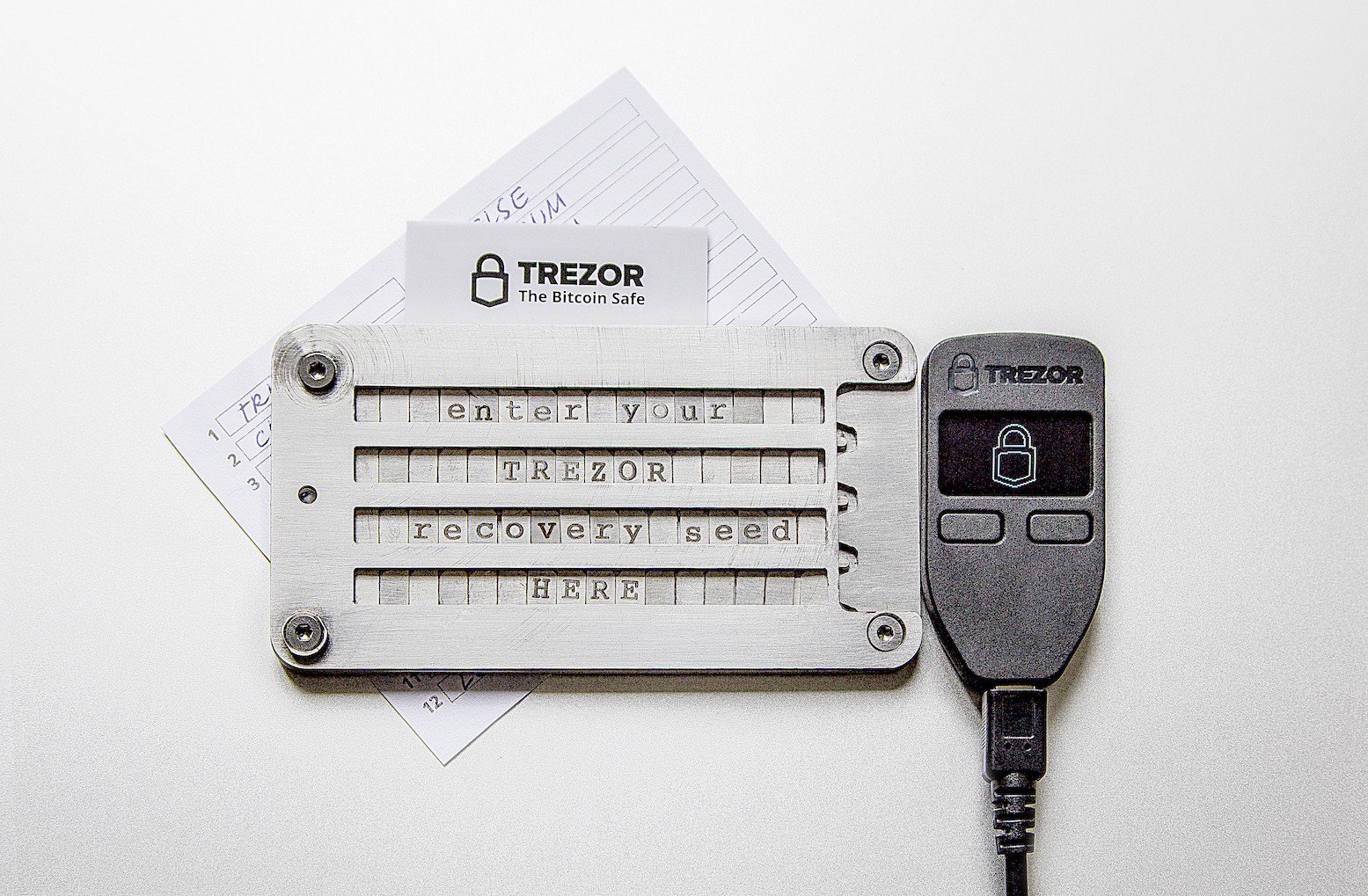Everyone is talking about how amazing investing in cryptocurrency is. From your favourite content creators to your next-door neighbor, everyone is investing in cryptocurrency. But what exactly is this cryptocurrency? And what’s with the different terms like HODL, NFTs, that keep popping up? Well, if you are tired of hearing your friends talk about cryptocurrency while you don’t understand the basic cryptocurrency terms, then this article is for you.
Basic cryptocurrency terms and their meaning
1. Cryptocurrency
The first term to understand before you get into understanding different cryptocurrency terms is cryptocurrency itself. In the simplest terms, cryptocurrency is basically a type of money that is not regulated by the government or a bank. The difference between the traditional form of money and cryptocurrency is that money is in a physical form whereas cryptocurrency is a digital or virtual currency.

Just like money, cryptocurrency can be used as a medium of exchange. Though it is generally used as an investment vehicle.
2. Bitcoin
Bitcoin is the first and most valuable cryptocurrency. It was launched on Jan. 3, 2009. Its price is highly volatile and keeps on changing. In 2021, Bitcoin hit an all-time high above $65,000 before falling back.

You can use Bitcoin just like you use fiat. Bitcoin was created by Satoshi Nakomoto as a way for people to send money over the internet. It was introduced to provide an alternative payment system that would operate free of central control.
Fun Fact: Satoshi Nakomoto is the pseudonymous creator of Bitcoin. No one knows the true identity of Nakomoto — or if it’s more than one person.
3. Altcoin
Any crypto coin other than Bitcoin is called an altcoin. There are several altcoins, such as Ethereum, Doge, etc. Ethereum is currently the world’s largest altcoin.

4. Blockchain
Blockchain is the technology used in cryptocurrency. It is a digital form of record-keeping, that is, a digital ledger that records all the transactions that ever happen in a particular cryptocurrency. Every cryptocurrency has its own blockchain.

A bitcoin blockchain is completely public, everyone can see every transaction. On the other hand, a Monero blockchain is completely private and it is impossible to link any transaction to any address.
5. Gas
Gas is the fee to be paid in order to make a transaction on the blockchain. You can pay higher fees for a fast transaction or low fees for a slower transaction.

6. HODL
HODL is like a joke stretched too far. It originated from a typo in a drunk post on a bitcoin forum in 2013 and was quickly adopted by the crypto community. HODL stands for “Hold On For Dear Life” which means a person is holding the currency instead of selling it. It became a popular internet slang.

7. Mining
Mining is the process through which new cryptocurrencies are created. Mining is a costly procedure and requires high-functioning computers, and consumes a lot of time and electric energy.

8. Market Capitalization
Market Capitalization in the cryptocurrency world refers to the total value of all the coins that have been mined. Crypto’s market capitalization can be calculated by multiplying the current number of coins by the current value of the coins.

9. Non-fungible Tokens (NFTs)
Non-fungible tokens or NFTs are the modern equivalents of traditional artworks. NFTs include digital art, meme, music, in-game items, videos, etc. NFTs enable virtual transactions using smart contracts. NFTs are most often held on the Ethereum blockchain.

10. Initial Coin Offering (ICO)
Initial Coin Offering (ICO) of cryptocurrency is similar to the Initial Public Offering (IPOs) of the stocks. It is a new way for projects and startups to raise funds for a new cryptocurrency project.

11. Seed
Your wallet’s digital existence is built upon the seed. A recovery seed is a series of twelve, sometimes sixteen words. If something goes wrong and you lose your wallet, you can use a recovery seed to access it.

12. Public Key
A public key is like your UPI id or your bank account number. You can send or receive cryptocurrency using your public key.

13. Smart Contracts
Smart contracts are a core feature of the Ethereum blockchain and NFTs. They are just like traditional legal contracts except they are written in computer code. Smart contracts hold multiple parties accountable for something, just like a normal legal contract, but it instructs each party through code rather than spoken language.

Next time you are around people who are talking about cryptocurrency, ask them if they know about Satoshi Nakomoto. I hope that after reading this article maybe, just maybe, your knowledge about cryptocurrency terms would have increased.
Check Out | Take This Quiz To Find Out Just How Much You Know About Crypto

















